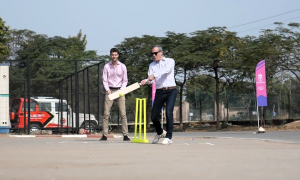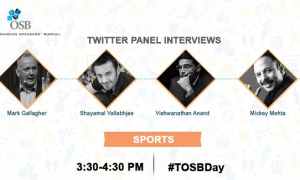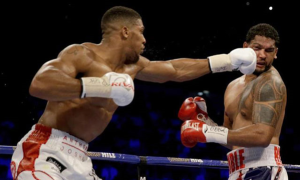The audio release of 127 hours is scheduled to 26th of this month. The expectations of the audio release have grown up driven by the fact A. R. Rahman’s previous with Boyle (Slumdog Millionaire) hauled in the awards.
Rahman’s entry as a composer in India changed the face of the Indian music. From what was mostly composed on strings and other traditional instruments, it transformed into digital music with stereo effects, synth-voices and panning effects which the traditional Indian music audiences before have never heard of. The transformation meant one other thing: It attracted the attention of music fans from various corners of the globe towards Indian music and earned a brand name for it. Indian music, which was isolated once, is now given a global recognition!
The Indian Premier League, which was introduced three years before had a similar impact to cricket in India. Agreeably the IPL got all its inspiration from EPL (English Premier League), a professional league which is the world’s most watched football league. The start of the league must have inspired BCCI to go for an enhancement seeking the attention of non-cricket watchers towards the television.
In the last three editions of the IPL, the unheralded players inclusive of those who dream about being a part of national team and those who were denied a place in the national team, were given a new ray of hope, new identity and a revised set of goals.
The introduction of two new franchises this year, Kochi and Pune amidst the drama, meant the name of the players of different franchises, except the retained ones, would go under the hammer. And the players who were released by their franchises could – probably could be bought at a higher price by some other franchises and could walk into the field wearing a different jersey cheered entirely by a different crowd.
Right from no hands going up for Sourav Ganguly to Vijay Mallya’s role in raising the price tag of Ravichandran Ashwin, every move in the drama-filled IPL auction seemed cautious, a few of them unexpected yet bit rational and even prudent to a certain extent. Approaching the auction with an emotions-clouded mind would be detrimental to the team’s progress. ‘How much cricket have you played in the recent past?’ and ‘How much cricket is left in you?’ seemed more important questions to be answered than ‘How long have you played?’ and ‘How good-a-cricketer you were?’ Again there are exceptions, but the franchises seemed to go in favor of the ‘future tenses’ and to some extent the ‘present tenses’ in most part of the auction.
The franchises though have picked up players from all around the world, look handicap without the presence of the uncapped players. The hunt for the uncapped players is on as the franchises are trying to rope and pick up the ‘best from the rest’. It appeared unjust from an uncapped player front, to forbid them from being a part of the auction. From what we have seen in the last three editions, the quality of the uncapped player in the side counts for as much if not more than a quality of a reputed player in the side.
The age, availability and the dependability were the important factors that secured the foreign players a deal with the franchises, considering the fact that a destructive Chris Gayle, a crafty Graeme Swann and few others were surprisingly left unpicked. The same reasons explain the interest the franchises showed, in picking the Aussie cricketers.
The first letter of IPL is the most influential and that is why, as a few cricket experts opine, a few Indian names went undeservedly for a higher price amidst other more competent and truly deserving foreign players. The main objective of the league was to promote cricket in India.
To do so and to have players playing with the only motive and that is to make their team win, the role of the captain becomes crucial. Now that the players are re-auctioned, it makes the role of the captain all the more interesting especially when you have players like Symonds and Harbhajan who have had a forgettable relationship in the past, in your team.
The constraint to play only four foreign players in the eleven appears a bit binding. If it can be relaxed and the Indians (who now easily make it to the eleven with the edge of being an Indian) are made to fight for their place in the side, not only the cricket in them but also their work-ethic, attitude and temperament would grow.
It is all antique now that players of the franchises must be from the particular state. Dravid is all set to wear the Rajasthan jersey; Zaheer is to wear Bangalore jersey. Liverpool doesn’t complain when Rooney scores a goal against them. Similarly, Barcelona doesn’t complain when Fabregas wins a game for them playing against their team! That is the level, cricket must raise itself to.
To reach the level where EPL has, the games must be played on more competitive grounds, not by shortening the grounds close to 60 meters diameter average. And the introduction of the longer versions, both the onedayers and the test matches would make it look more professional as opposed to the entertainer tag it has earned now. Playing cricket all over the world would not only add to the publicity of the league but would raise the degree of competence amongst the youngsters.
In such a happening, IPL would probably become a global brand attracting more number of eyeballs than it has done before, raising cricket to the level of a football, tennis or golf. But for a starter, it has not disappointed and there is more to come.
Tags: BCCI, Cricket, English Premier League, EPL, Football, Golf, India, Indian Premier League, IPL, Tennis














